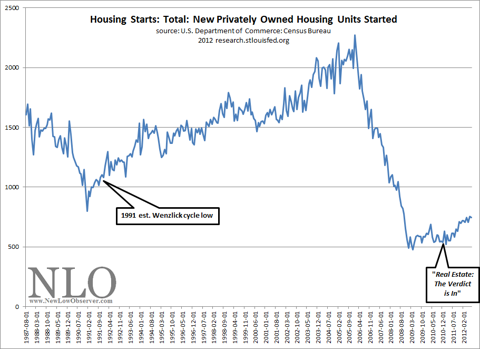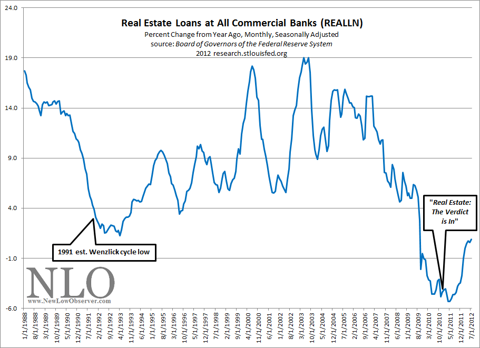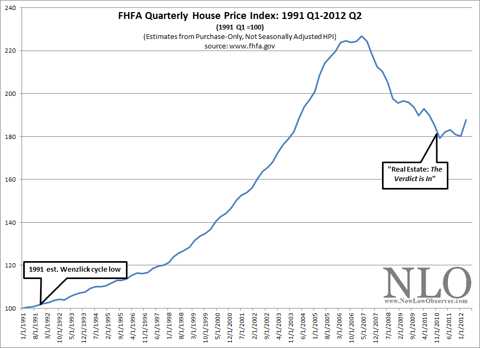Pro Teck Valuation Services’ September Home Value Forecast Update examines why there will not be a flood of foreclosure housing stock across the U.S. market and how metro areas in Southern California, Texas and Maryland are experiencing positive real estate trends.
“With regard to the U.S. foreclosure inventory, there has been a misperception that it is a problem for the entire market. In fact, it is quite concentrated in specific cities and neighborhoods,” said Tom O’Grady, CEO of Pro Teck Valuation Services. “For this reason, potential buyers who have been waiting for bargain prices in desirable neighborhoods may be disappointed.”
This month’s Home Value Forecast update lists San Diego as one of four Southern California real estate markets in the Top 10 and also examines a 20-year history of the months of remaining housing inventory trends for homes listed for sale in the San Diego, Orange County, and Los Angeles metro areas.
“The current overall months of remaining housing inventory for San Diego, Orange and Los Angeles is below five months, which is the lowest they have been since the market peak in 2005-2006,” added O’Grady. “This is significant because in the Los Angeles market over the past 25 years, whenever this indicator was below five months, the median price increased by close to 19 percent the following year. Of course, it remains to be seen if the same appreciation happens again.”
Home Value Forecast’s September update shows that while all three counties exhibit low overall inventory remaining, there is a fairly wide dispersion when viewed by home value on a price per square foot of living area basis. In areas, where the price per square foot is less than $550, there is less than six months of remaining inventory. However, there are greater months of remaining inventory of homes with higher prices, especially in San Diego.
This month’s Home Value Forecast update also includes a listing of the 10 best and 10 worst performing metros as ranked by its market condition ranking model.
“The top ranked metros this month represent an interesting mix of U.S. real estate markets. In addition to the Southern California markets, there are four metros top ranked in Texas and one in Maryland,” said Michael Sklarz, Principal of Collateral Analytics and contributing author to Home Value Forecast. “It is interesting to note that all of the metros in the top 10 are exhibiting positive trends and that all have experienced significant declines in active listing counts over the past year, resulting in fewer months of remaining inventory and tighter markets.”
September’s top CBSAs include:
- Oxnard-Thousand Oaks-Ventura, CA
- Seattle-Bellevue-Everett, WA
- San Diego-Carlsbad-San Marcos, CA
- Los Angeles-Long Beach-Glendale, CA
- Santa Ana-Anaheim-Irvine, CA
- Houston-Sugar Land-Baytown, TX
- Baltimore-Towson, MD
- Fort Worth-Arlington, TX
- Austin-Round Rock-San Marcos, TX
- San Antonio-New Braunfels, TX
The bottom CBSAs for September were:
- New Haven-Milford, CT
- Bridgeport, Stamford, Norwalk, CT
- Augusta-Richmond County, GA-SC
- Rochester, NY
- Spokane, WA
- Portland-Vancouver-Hillsborough, OR-WA
- New York-White Plains-Wayne, NY-NJ
- Edison, NJ
- Nassau-Suffolk, NY
- Newark-Union, NJ-PA






